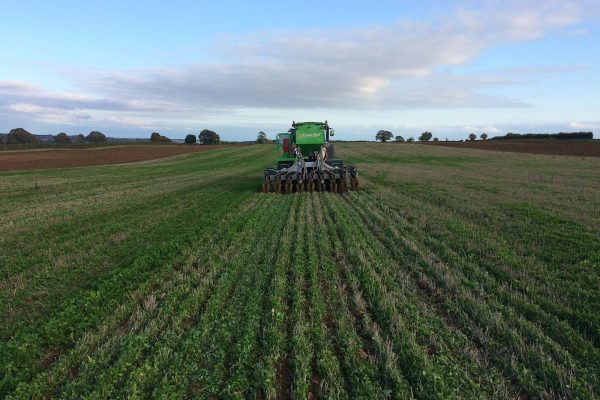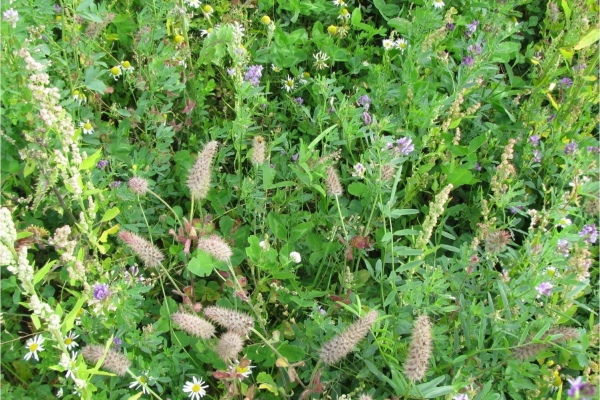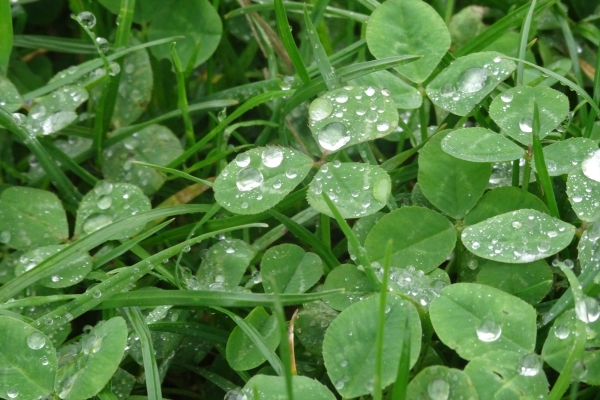Undersowing of leys in arable crops
Organic Management Techniques to Improve Sustainability of Non-Organic Farming
Resource explained
This abstract was composed as part of a Defra funded project looking at organic management techniques that could be applied on non-organic farms to help improve sustainability and competitiveness. It describes the use of undersown leys in arable systems and lists the main agronomic, economic and/or ecological value you can expect to gain from applying the method. It includes practical recommendations that will help you implement the method on your farm and other useful information such as the time of year you could apply the method, suitability according to your farming system, and equipment required. It also includes a case study of a farmer applying the practice. Potential benefits and potential barriers you would need to consider, financial implications and how it relates to legislation are also given.
Findings & recommendations
- When sown correctly at the right time, undersown leys provide nutrient and water retention and help to protect against soil erosion and control weeds. They also provide an instant source of forage post-harvest which can be used for late-season grazing (e.g. for flushing ewes prior to tupping or for finishing store lambs or cattle).
- They benefit wildlife by providing an uncultivated overwinter bridge allowing beneficial insects to complete their lifecycle in the soil and emerge as adults from the leys in the spring.
- Use of undersown leys can also increase eligibility for subsidy payments within the Countryside Stewardship Scheme and can help reduce fertiliser expenditure for a follow-on crop through increased supply of nitrogen (N) via biological N fixation (i.e. from clover in legume/grass mixes).
- Careful management is required to aid establishment of an undersown crop and to avoid yield losses within the main arable crop. However under the right conditions, the practice can help to promote improved economic and environmental efficiencies on a range of farm types.







